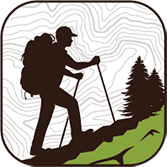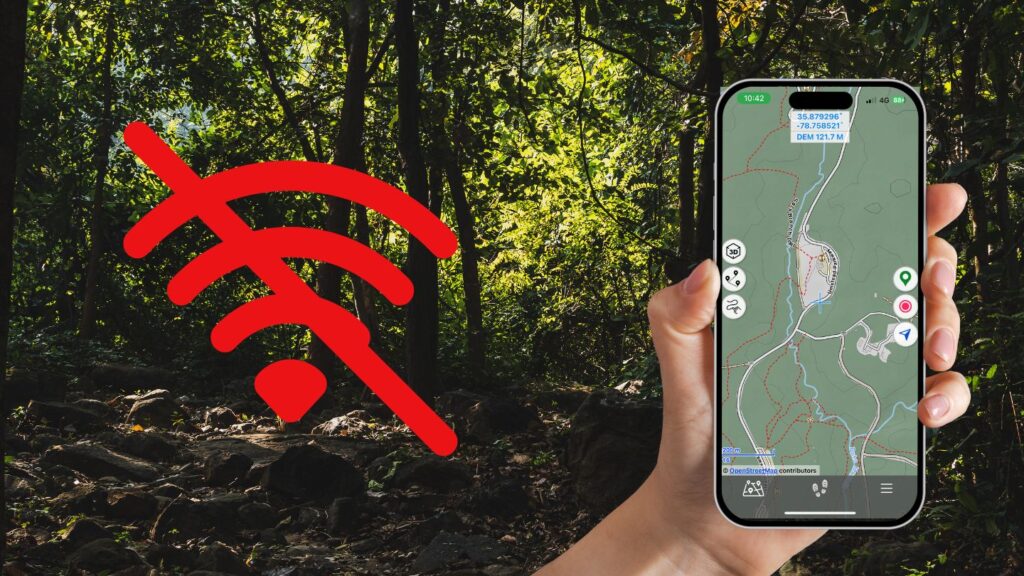In the era of digital nomads and wanderlust-filled adventurers, technology has become an inseparable part of our travel experiences. One such technological marvel that has revolutionized the way we explore is the offline map. Picture this: you’re trekking through the dense forests of the Appalachian Trail or scaling the heights of the Rocky Mountains, places where internet connectivity is as elusive as the American bald eagle. That’s where offline maps, like those offered by the Hiking Logger app, come to the rescue.
Benefit 1: Navigate Without Internet Connectivity
Offline maps are your trusty compass in the digital age. They allow you to navigate through unknown territories without the need for internet connectivity. Imagine you’re exploring the intricate trails of Yosemite National Park or the sprawling landscapes of the Grand Canyon. With offline maps, you can confidently navigate these complex landscapes without worrying about losing signal or exhausting your data.
Benefit 2: Save Battery Life
Did you know that using offline maps can extend your phone’s battery life by a very significant amount of time? That’s because they eliminate the need for constant data usage and GPS tracking, two major culprits of battery drain. When you’re on a day-long hike in the Smoky Mountains or a wildlife safari in Yellowstone, conserving battery life is crucial. With Hiking Logger’s offline maps, you can switch your phone to airplane mode, saving precious battery life while still accessing detailed maps.
Benefit 3: Detailed and Rich Mapping
Offline maps often provide more detailed and rich mapping compared to their online counterparts. They offer topographical details that are a boon for hikers and trekkers. For instance, if you’re planning to hike the Pacific Crest Trail, the detailed offline maps in Hiking Logger can provide you with elevation data, helping you prepare for the strenuous ascents and descents along the route. Hiking Logger also supports downloading custom maps that comply with major mapping formats, which offers the opportunity to view much more details than standard mapping software on your phone can offer.
Benefit 4: Safety and Emergency Preparedness
Offline maps are not just about convenience; they’re also about safety. If you’re hiking in the backcountry of the Sierra Nevada and lose your way, Hiking Logger’s offline maps can guide you back to the trail. The app also offers off-route notifications and SOS alerts, ensuring that help is always within reach, even when you’re off the grid.
Benefit 5: Easy Route Planning and Sharing
Offline maps make route planning a breeze. Whether you’re charting a cycling route through the vineyards of Napa Valley or planning a multi-day trek in the Appalachian Trail, offline maps allow you to plan, save, and share your routes with ease. With Hiking Logger, you can even add notes, photos, and waypoints to your route, creating a rich travelogue of your journey.
Conclusion
In the age of exploration, offline maps are the modern adventurer’s best friend. They offer the freedom to explore off the beaten path, the assurance of safety, and the convenience of easy route planning. So, for your next adventure, whether it’s the sun-drenched trails of the Grand Canyon or the misty mountains of the Adirondacks, don’t forget to pack your offline maps. Happy exploring with Hiking Logger!

